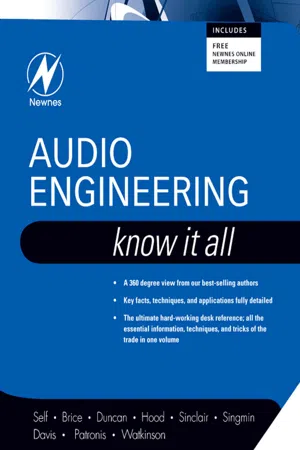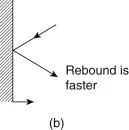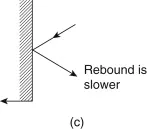
Audio Engineering: Know It All
- 936 pages
- English
- ePUB (mobile friendly)
- Available on iOS & Android
Audio Engineering: Know It All
About this book
The Newnes Know It All Series takes the best of what our authors have written to create hard-working desk references that will be an engineer's first port of call for key information, design techniques and rules of thumb. Guaranteed not to gather dust on a shelf!Audio engineers need to master a wide area of topics in order to excel. The Audio Engineering Know It All covers every angle, including digital signal processing, power supply design, microphone and loudspeaker technology as well as audio compression.- A 360-degree view from our best-selling authors- Includes such topics as fundamentals, compression, and test and measurement- The ultimate hard-working desk reference; all the essential information, techniques and tricks of the trade in one volume
Frequently asked questions
- Essential is ideal for learners and professionals who enjoy exploring a wide range of subjects. Access the Essential Library with 800,000+ trusted titles and best-sellers across business, personal growth, and the humanities. Includes unlimited reading time and Standard Read Aloud voice.
- Complete: Perfect for advanced learners and researchers needing full, unrestricted access. Unlock 1.4M+ books across hundreds of subjects, including academic and specialized titles. The Complete Plan also includes advanced features like Premium Read Aloud and Research Assistant.
Please note we cannot support devices running on iOS 13 and Android 7 or earlier. Learn more about using the app.
Information
Part I. Fundamentals of Sound
Chapter 1. Audio Principles
1.1. The Physics of Sound
Figure 1.1. (a) The pressure exerted by a gas is due to countless elastic collisions between gas molecules and the walls of the container. (b) If the wall moves against the gas pressure, the rebound velocity increases. (c) Motion with the gas pressure reduces the particle velocity.



Table of contents
- Copyright
- Brief Table of Contents
- Table of Contents
- List of Figures
- List of Tables
- About the Authors
- Part I. Fundamentals of Sound
- Part II. Audio Electronics
- Part III. Preamplifiers and Amplifiers
- Part IV. Digital Audio
- Part V. Microphone and Loudspeaker Technology
- Part VI. Sound Reproduction Systems
- Part VII. Audio Test and Measurement
- Index